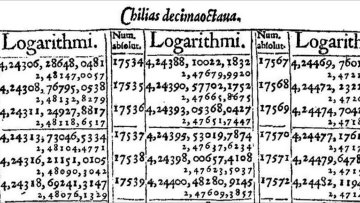Stretching and deformation of thin viscous sheets: glass redraw through a long heater zone
Abstract
Thin glass sheets are used in smartphone, battery and semiconductor technology, and may be manufactured by first producing a relatively thick glass slab (known as a preform) and subsequently redrawing it to a required thickness. Theoretically, if the sheet is redrawn through an infinitely long heater zone, a product with the same aspect ratio as the preform may be manufactured. However, in reality the effect of surface tension and the restriction to factories of finite size prevent this. In this talk I will present a mathematical model for a viscous sheet undergoing redraw, and use asymptotic analysis in the thin-sheet, low-Reynolds-number limit to investigate how the product shape is affected by process parameters.



